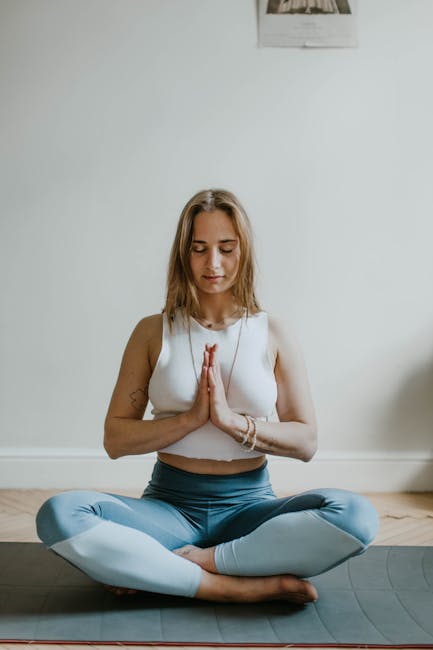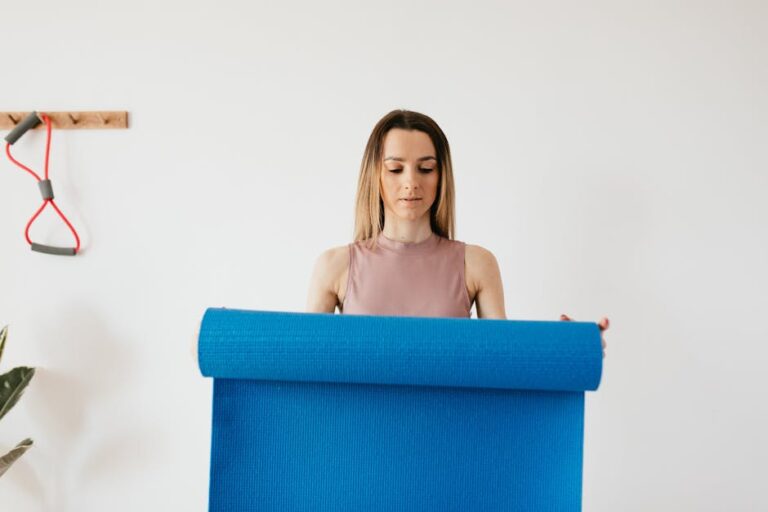Unlock Your Inner Peace: Discovering the Best Times to Meditate for Maximum Benefits
Finding Your Optimal Meditation Time: A Personalized Approach
Meditation, a practice lauded for its stress-reducing and well-being-enhancing qualities, isn’t a one-size-fits-all endeavor. While the benefits of regular meditation are undeniable, the time you choose to meditate significantly impacts its effectiveness. This isn’t about finding a universally ‘best’ time; it’s about identifying the optimal time slots for you, aligning with your body’s natural rhythms and lifestyle.
Understanding Your Chronotype: The Key to Effective Meditation Timing
Your chronotype, essentially your natural sleep-wake cycle, plays a crucial role in determining when meditation will resonate most deeply. Are you a morning lark, a night owl, or somewhere in between? Understanding your chronotype allows you to schedule meditation during your peak performance periods, maximizing your focus and receptiveness.
- Morning Larks (Early Birds): For those who naturally wake up early and feel energized in the mornings, meditating first thing, before the day’s demands encroach, can set a calm and focused tone for the entire day. The quiet stillness of the morning allows for deeper introspection and intention setting.
- Night Owls: If your energy peaks later in the day or evening, scheduling your meditation session during the late afternoon or evening might be more beneficial. This can help unwind after a busy day, reducing stress and promoting restful sleep.
- In-Betweens: Many individuals fall somewhere between these two extremes. Experiment with different times to discover when you feel most relaxed, focused, and receptive to meditation.
The Best Times To Meditate Based on Daily Rhythms
While chronotype is crucial, aligning your meditation practice with your daily rhythms also optimizes its effects. Consider these time slots and their unique benefits:
Morning Meditation: Setting the Tone for a Peaceful Day
Morning meditation, often between 6:00 AM and 8:00 AM, is popular for its ability to cultivate a sense of calm and focus before the daily rush begins. This early practice can help you manage stress, improve mood, and boost overall productivity. The quiet stillness of the early morning often promotes a deeper meditative state, allowing you to connect with your inner self and set positive intentions for the day.
Midday Meditation: Recharging and Refocusing
Midday meditation, typically around lunchtime or during a break in your workday, serves as a powerful tool for stress reduction and rejuvenation. A short, 10-15 minute session can help you clear your mind, reduce mental fatigue, and improve focus for the remainder of the day. This is especially beneficial for those working in high-pressure environments or facing demanding tasks.
Evening Meditation: Promoting Relaxation and Restful Sleep
Evening meditation, performed 1-2 hours before bedtime, can significantly enhance sleep quality. It helps to calm the nervous system, reduce racing thoughts, and prepare the body for restful sleep. Avoid engaging in stimulating activities after evening meditation to maintain the calming effects.
Beyond the Clock: Factors Influencing Optimal Meditation Times
Beyond chronotype and daily rhythms, several other factors contribute to finding the best time to meditate:
Personal Preferences and Lifestyle
Your personal preferences and lifestyle play a significant role. If mornings are chaotic, attempting meditation during that time might prove counterproductive. Find a time that fits seamlessly into your routine, minimizing disruptions and maximizing consistency.
Environmental Factors
Consider your environment. A quiet, peaceful space, free from distractions, is essential for effective meditation. If your home is noisy during certain times of the day, choose a quieter period for your practice.
Consistency over Length
Consistency trumps length. A short, daily meditation session is more beneficial than an infrequent, lengthy one. Starting with 5-10 minutes and gradually increasing the duration is a sustainable approach.
Listening to Your Body
Ultimately, the best time to meditate is when your body and mind feel most receptive. Pay attention to your energy levels, mood, and overall sense of well-being. Experiment with different times until you find the perfect fit for your individual needs.
Troubleshooting Common Meditation Challenges
Even with careful timing, you might encounter challenges. Here’s how to address some common issues:
Difficulty Focusing:
If you struggle to focus, try starting with shorter sessions and gradually increasing the duration. Guided meditations can be helpful for beginners. Find a quiet, comfortable space free from distractions.
Lack of Time:
Even 5-10 minutes of daily meditation can yield significant benefits. Incorporate short meditation breaks throughout your day. Use mindfulness techniques in everyday activities, such as during your commute or while waiting in line.
Feeling Anxious or Restless During Meditation:
Don’t get discouraged. Meditation is a skill that improves with practice. Acknowledge your feelings without judgment. Focus on your breath and gently guide your attention back to your chosen focus point. Consider using calming techniques, such as deep breathing or progressive muscle relaxation, before your meditation session.
Conclusion: Embracing the Journey of Finding Your Perfect Meditation Time
The journey to finding the best time to meditate is a personal one. It’s about understanding your body’s rhythms, aligning your practice with your lifestyle, and embracing consistency. Experiment with different times, listen to your body’s cues, and don’t be afraid to adjust your schedule as needed. The ultimate goal is to cultivate a consistent meditation practice that supports your well-being and enhances your overall quality of life.




